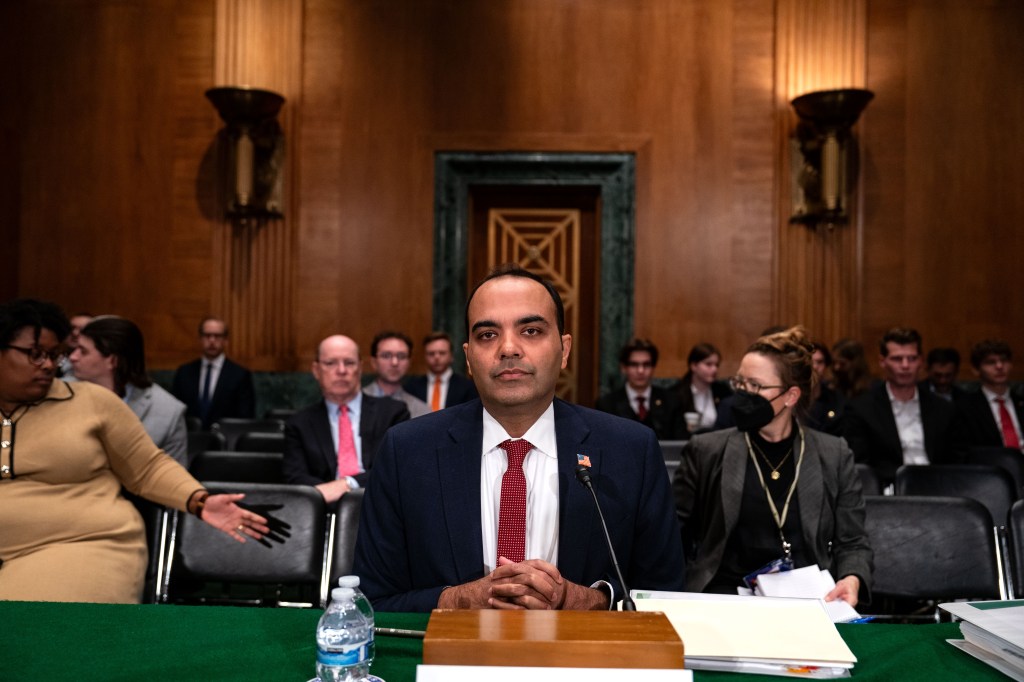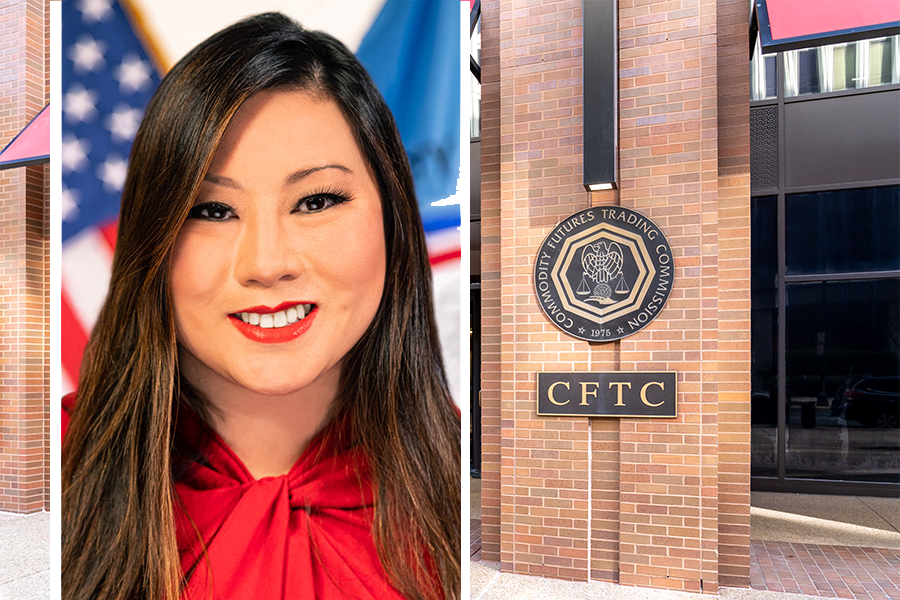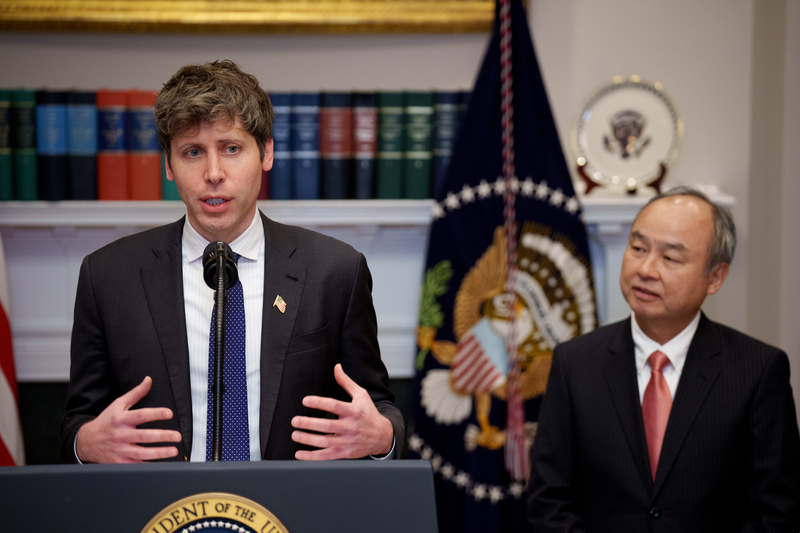How does customer-centricity manifest itself in the world of financial services?
“Developing relationships with all segments of customers, from individuals to small businesses to corporations, all require better digital tools and a mindset that allows customers to meet their financial institutions over the channel of their choosing (voice, SMS, chat, and video). This is how relationship banking will be done in the future.”
“A great example of this is challenger banks, which have done a great job of rethinking the entire customer experience. Everything from relevant features, intuitive design and display, simplicity of use, and even packaging for physical goods has been approached from the perspective of the customer. This is not a small task for most financial institutions but another long-understood problem that Covid-19 has helped to address.”
“Traditional banks also have a distinct advantage here as their long-term customer relationships provide them with years of data. This information, coupled with modern tools like machine learning, chatbots, and digital channels like SMS and messaging, can create powerful engagement and value drivers.”
“Covid-19 has pushed banks to rethink what it means to be customer-centric and what the best avenue for engagement is given their customer base.”
How does Twilio remain true to its founding philosophies as it grows?
“Twilio’s founding philosophies have always been rooted in the importance of the developer. As customers increasingly flock toward a virtual experience, every industry has been forced to become a software industry. Software controls customer engagement, and software is the key to every modern problem. These digital experiences need to be quick and tailor-made — customers want an experience that speaks to them, not a one-size-fits-all solution.”
“Developers are the key to creating the perfect customer experience and, when the customer is king, developers become the vital decision-maker of your company.”
“As Twilio has grown, empowering the developer has remained a core pillar of Twilio’s identity. While innovation is our goal, the process of how we get there is something we embrace, and that process is spearheaded by the experimentation and decision-making of our developer teams. Back in 2015, the Dutch bank ING hired us to help overhaul its contact center, a grueling process that took dozens of engineers several years to accomplish. Twilio didn’t want to settle for this approach, and neither did customers, so our developers went back to the drawing board — and that’s how our Flex platform was born.”
“Regardless of how successful or commercial Twilio becomes, the way of the developer is so ingrained in our products, our approach, in everything that we do that remaining true to the philosophy is as easy as breathing.”
How would you describe the culture at Twilio?
“Developers are central to our philosophies, and encouraging their experimentation and methodology is something that needs to be done in earnest. That’s why we felt that creating an open, learning environment was of the utmost importance. It’s important for our leadership to be receptive to not having all the answers, be comfortable with uncertainty, and focus on improvement day-by-day.”
“Twilio’s culture is one where we’re continually seeking the truth. Nobody should be looking for answers that we already know — we need room to work within an environment where we’re asking questions that haven’t been asked before, and testing solutions to figure out the answer.”
“Too often, a lot of workplaces are steeped in a fear of failure, but failure is something that will always come when you’re working on the edge of innovation. It’s impossible to find the perfect solution to a problem instantly, and you’re going to run into walls in your experimentation.”
“The openness of our work culture strives to create a balance between setting expectations for our teams so they can prepare and arm themselves while, at the same time, remaining supportive and understanding of unexpected challenges we might face. It doesn’t matter if you fail — what matters is that you learn from it and apply that learning in the future.”
What makes an ideal customer for Twilio?
“Twilio works with customers and partners across highly regulated industries and beyond, including banks and insurance organizations – all of whom value making a lasting connection with their customers.
“Twilio’s unique API-first cloud platform is tailor-made to support an ecosystem of partners that are differentiated by the innovations they deliver for their customers. As we’ve grown and expanded, the needs of the company’s customer base have diversified. By offering communications via scalable building blocks, Twilio empowers technology partners to build solutions from scratch or add communications one feature at a time using common developer languages they already know.”
“Our ecosystem of partners offers customers both packaged applications and consulting expertise that make it possible for any customer to innovate with Twilio, regardless of region, industry, business model, or development resources.”
The banking world is regimented. Does this conflict with Twilio’s focus on giving developers the flexibility to build the way they see fit?
“Historically, the financial services industry has been stigmatized as extremely rigid or regimented. However, in recent years, with the emergence of challenger banks and FinTech, it has become increasingly flexible when it comes to digital transformation.”
“In addition to the evolution that was already underway, Covid-19 pushed many processes to be redesigned around digital interactions as social distancing required an alternative to in-person meetings. As banks are pushed to meet the needs of their customers, they will increasingly lean on vendors like Twilio to ensure their customers have a positive experience.”
How would you describe Twilio to a grandparent?
“Twilio is a platform for communications. Its programmable application program interfaces (APIs) are a set of building blocks developers can use to build the exact customer experiences they want.”
“Look at tax-day expert H&R Block. Approaching the second tax day under Covid-19 restrictions, and rising tax day uncertainty, H&R Block turned to Twilio to provide its clients with better virtual tax preparation experiences, while leveraging a single platform. With Twilio, clients could use Twilio Video for tax prep appointments. H&R Block also added voice, SMS, and chat capabilities to its platform, so users could communicate directly with an advisor from the mobile device or web browser of their choice.”
“In total, this Twilio-powered platform allowed H&R Block to service its millions of customers faster, ultimately driving an increase in NPS scores (in other words, customer satisfaction) of more than 10 percentage points.”
You have plenty of experience selling both consumer and enterprise software. Does this mantra of following the customer’s needs stay true for both?
“In my experience, engaging with customers, assessing their needs, and then providing personalized business recommendations, custom-fit to help them meet key business objectives, is a business philosophy that transcends industries. Whether you’re selling consumer or enterprise software, meeting customer’s needs should be the biggest focal point of the business pitch.”
“At Twilio, we’ve even gone so far as to bake ‘Walk in the Customer’s Shoes’ into our core values. The philosophy behind it is: the best way to be customer-centric is to make sure every team – no matter what its function is – talks to customers regularly. When our teams, from sales to marketing to developers, know the problems our customers face, we can serve them better.”
What are some key trends we can expect to see from fintech in what Jeff Lawson, Twilio’s CEO, has called the third great period of software?
“In financial services, institutions have long had apps, chatbots, and other customer service tools to help them connect with customers, but Covid-19 was the first time that these capabilities were put to the test as the primary way for people to interact with their service providers.”
“When the pandemic hit, consumer banks, wealth managers, and insurance companies were flooded with inbound calls from customers while being tasked with developing a richer set of capabilities and tools to enable their employees to safely and effectively work from home. These circumstances pushed organizations to accelerate their planned digital transformation, warranting expedited investment in critical customer engagement strategies.”
“This third era of software has two primary focal points: enabling ease-of-use and scalability for the business (that is, developers), and enhancing the subsequent customer experience through flawless design. In terms of getting on the right side of this industry shift, the solution is simple: invest in building blocks. APIs provide a means not only of producing scalable, adaptable deployment at scale, but also of enhancing the customer-facing experience on the other side of the screen.”
“The third era of software, more than anything, is predicated on personalized tool kits at scale.”
Twilio’s subsidiary, Twilio Segment, announced the launch of Journeys, which allows its users to build highly personalized customer journeys at scale. How does Journeys balance this desire for quick, flexible change with its prerogative to maintain data security?
“I can see how, at a surface level, using data to build personalized customer journeys at scale and security may appear to be competing priorities. But if you look deeper at the precautions that Twilio Segment has long had in play, you’ll see that we enable organizations to use security to bolster their customer insights, by ensuring their validation through rigorous internal testing and consistent external validation.”
“Segment projects pass through security-design reviews, threat models, and regular pen tests using trusted security vendors. Segment also employs a public bug bounty for continuous assessment and regular external validation. We also systematically limit internal access to critical tools and resources using time-based access, and multi-factor authentication provides an additional layer of security beyond just a username and password.”
“In today’s world of mass digitization, it’s imperative that organizations know that the tools they’re investing in have security baked in at the application level. Because, at the end of the day, if our customers don’t feel secure, their customers won’t feel secure. This is why we take the responsibility of managing customer data very seriously.”
How important is it to seek innovation and leverage technology in an industry grounded in data security?
“The role of the developer has never been more essential than it is today. The time when organizations could ‘buy and get by’ has come and gone. Organizations need to ‘build’ custom experiences, to propel the business forward. The market has never been more competitive or consolidated. Organizations need developer insights, at the executive level, to differentiate their products and bolster their current offerings. Salesforce, Shopify, Twilio, Microsoft, Google, Zoom: these are just a few examples of organizations that are now being led by former developers, to great success. As they say, the proof of the pudding is in the eating.”
“At a time when creativity and innovation have never been more imperative for innovation and market differentiation, developers have everything to gain in the world of business – and absolutely nothing to lose.”













